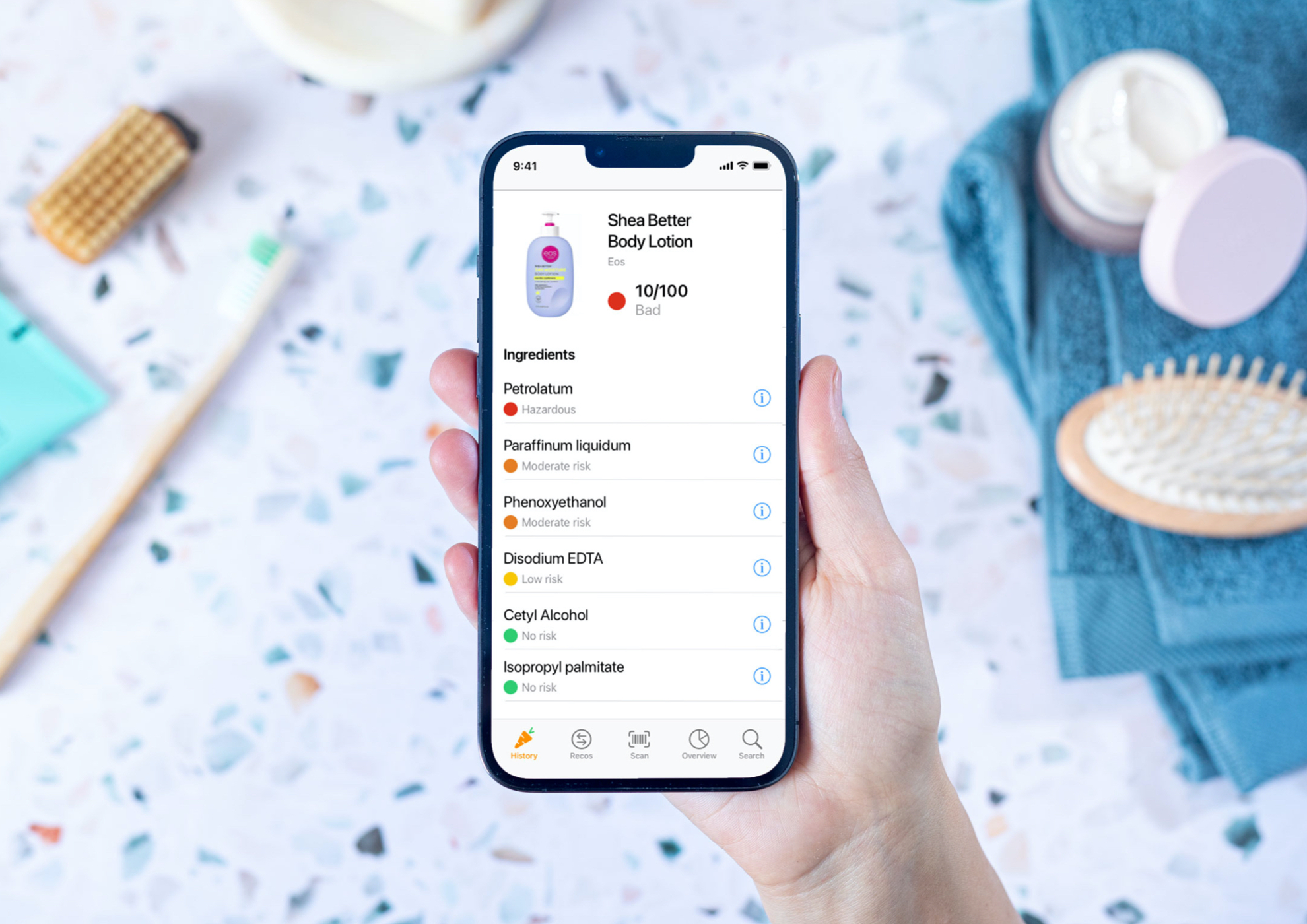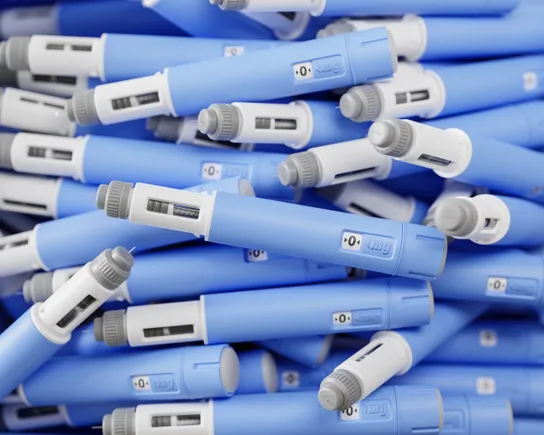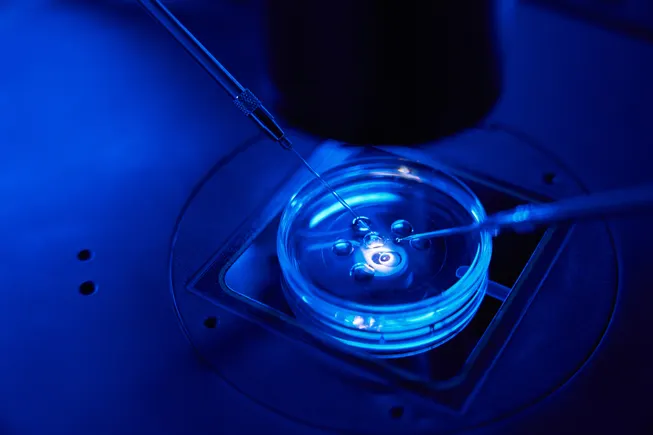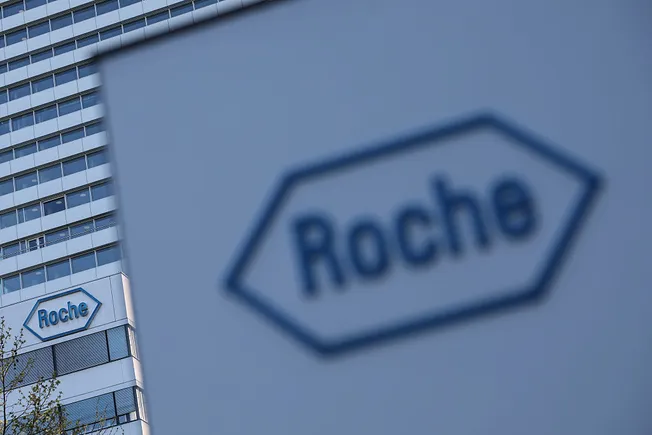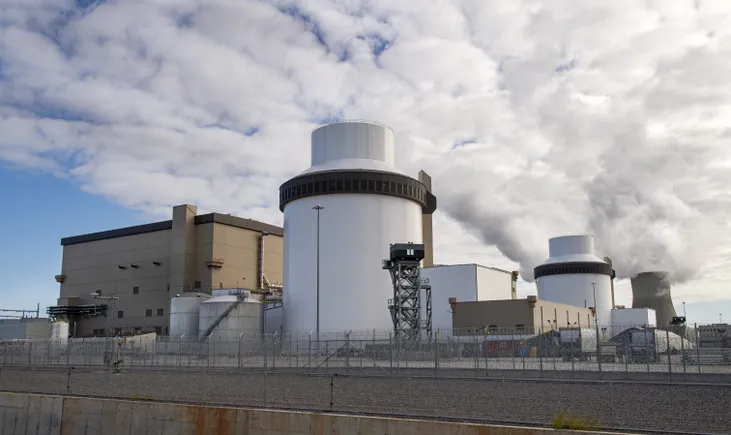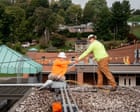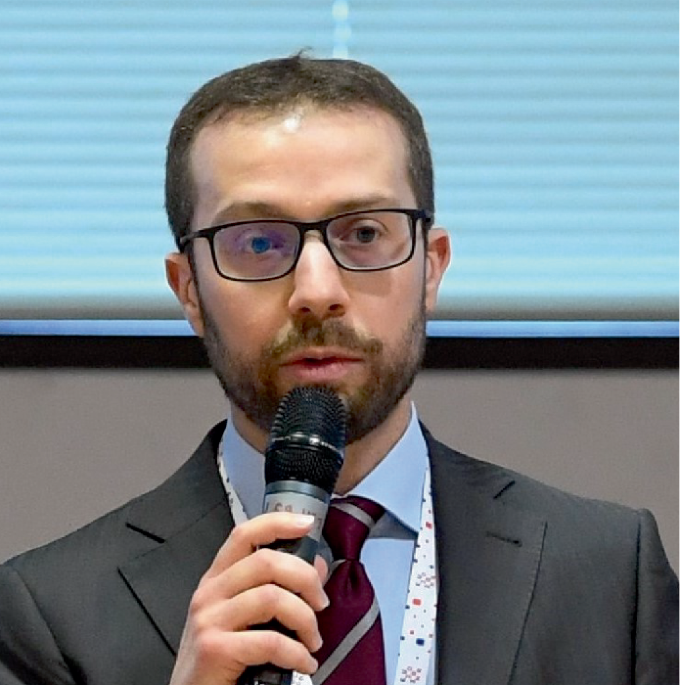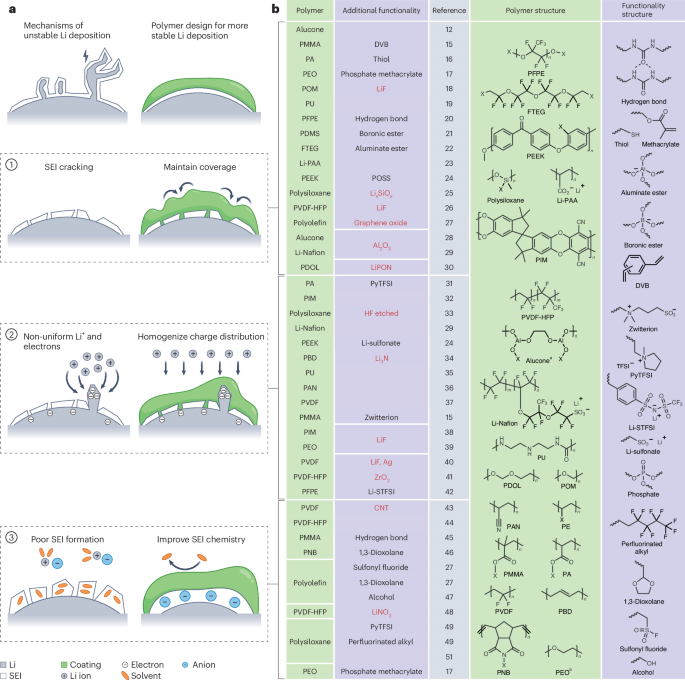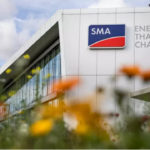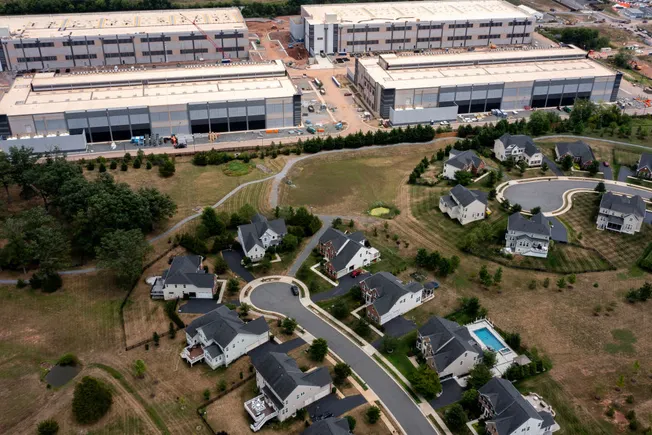Ultrasound‐Driven Innervated Bone Regeneration in Additively Manufactured Degradable Metallic Scaffolds
Advanced Healthcare Materials, Volume 14, Issue 12, May 6, 2025.

This article introduces an “ultrasound-driven innervated bone regeneration” strategy using additively manufactured Zn-Cu scaffolds, addressing challenges in osteoporotic bonerepair. This strategy combines low-intensity pulsed ultrasound and metalcations to enhance Schwann cell-mediated bone regeneration, accelerating bone healingand peripheral nerve fiber growth, with potential for treating osteoporoticbone defects in clinic.
Abstract
Bone tissues are densely innervated by nerve fibers throughout the periosteum and mineralized bone. The impairment of innervated bone regeneration is a critical factor contributing to the challenges in osteoporotic bone remodeling and repair. Herein, an “ultrasound-driven innervated bone regeneration” strategy is proposed in additively manufactured degradable Zn-Cu scaffolds. The in vitro investigations with RSC96 cells elucidated the synergistic promotion of low-intensity pulsed ultrasound (LIPUS) and metal cations on Schwann cell proliferation and exosome secretion. Notably, these Schwann cell-derived exosomes, once internalized by neighboring bone marrow stromal cells (BMSCs), significantly enhanced their migration, osteogenic differentiation, and extracellular matrix deposition, indicating a potent mechanism for innervated bone regeneration. Furthermore, the in vivo evaluation validated that LIPUS stimulation significantly activated S100β-positive Schwann cells and facilitated the regeneration of peripheral nerve fibers within cranial defects, leading to accelerated bone healing of osteoporotic rats with Zn-Cu implantation over 2- and 6-week recovery periods. This work provides an innervated bone regeneration strategy by focusing on the activation of Schwann cells and enhancement of paracrine effect, especially exosome secretion, which further recruited surrounding BMSCs and promoted their osteogenic differentiation. This study holds considerable promise for clinical applications and translation in the treatment of osteoporotic bone defects.




















































